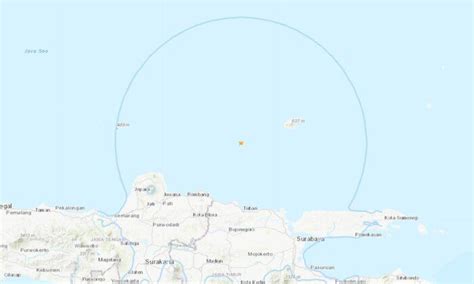Earthquake science experiment

A seismometeris used to measure the magnitude of an earthquake. Earthquakes are measured on the Richter Scale. Movement of a tectonic plate of just 20cm is enough to set off an earthquake! Small earthquakes can be felt as a slight tremor, but larger earthquakes can cause severe damage, making buildings collapse, … See more Imagine the Earth as being like a peach made up of layers. The stone in the middle is the core, while the fleshy part is like the Earth’s mantle which contains magma and the skin is like the … See more The same person shook all our towers, so we could try to make sure the same force was used each time. We used a tower of the same height and … See more Make your own Seismometer– this is super easy and great fun to engineer. Find out about plate tectonicswith an orange! Scientific American … See more WebEarthquakes are usually measured using a seismograph, but this activity is more con-cerned with how structures are affected by the shaking caused by an earthquake. You will use meters per second squared (m/s2) to determine the acceleration of the struc-ture. Fortunately, Google’s Science Journal app makes this easy by utilizing the acceler-
Earthquake science experiment
Did you know?
WebMar 11, 2024 · INSTRUCTIONS: STEP 1: Mix 2 cups cornstarch with 1 cup water. Pour into your baking pan. STEP 2: Cut a piece of wax paper and spread your peanut butter onto … Webearthquake recurrence for a fault that bounds two plates that are in steady motion with respect to each other. Perfectly Periodic In this model an earthquake always happens …
WebWhen an earthquake happens, how are scientists able to determine the original location of the quake? In this project, you'll use archived data from a network of seismometers to find out for yourself. You'll create your own seismograms from the comfort of your own computer with an easy-to-use webpage interface. WebEarthquake Epicenter Experiment (Shake table) Kids Fun Science 23K subscribers Subscribe 448 Share 74K views 5 years ago Earthquake Epicenter Experiment (Shake table) Made for parents and...
WebA seismograph is a tool scientists use to record earthquakes and measure their strength. In this activity you will build your own seismograph using simple materials. This activity is not recommended for use as a science … WebMake an Earthquake! Students will learn about the different waves generated during an earthquake. This experiment will help them visualize how P waves travel through …
WebApr 6, 2016 · Students learn about plate tectonics, explore the concepts of stress, strain and vibration using silly putty and a sugar cube, and discuss different kinds of earthquake damage. You Don’t Need a Seismograph to Study Earthquakes This lesson plan from PBS NewsHour is broken down into three parts.
WebEarthquakes can cause devastation and loss of life when they strike, but earthquake-resistant buildings can stay standing and keep people safe. In this project, your students will build model earthquake-resistant buildings and measure their movement during a simulated earthquake using a mobile phone and a sensor app. cupom outbackWebApr 12, 2024 · Earthquakes rarely occur in isolation but rather as complex sequences of fore, main and aftershocks. Assessing the associated seismic hazard requires a holistic view of event interactions. We conduct frictional sliding experiments on faulted Westerly Granite samples at mid-crustal stresses to investigate fault damage and roughness effects on ... easy christmas wreath paintingWebNov 8, 2010 · Students know that earthquakes are sudden motions along breaks in the crust called faults and that volcanoes and fissures are locations where magma reaches the surface. e. Students know major geologic events, such as earthquakes, volcanic eruptions, and mountain building, result from plate motions. Shaping Earth’s Surface 2. cupom overbeatsWebApr 10, 2024 · The construction industry is on the lookout for cost-effective structural members that are also environmentally friendly. Built-up cold-formed steel (CFS) sections with minimal thickness can be used to make beams at a lower cost. Plate buckling in CFS beams with thin webs can be avoided by using thick webs, adding stiffeners, or … cupom open englishWebApr 14, 2024 · The Center for Earthquake Engineering Simulation is part of NEES (Network for Earthquake Engineering Simulation), an NSF initiative aimed at revolutionizing earthquake engineering research in the United States. ... tools including state-of-the-art telecontrol and teleconference rooms enabling researchers to conduct real-time … easy christmas window paintingshttp://teachers.egfi-k12.org/activity-earthquake-proof-structure/ cupom outback steakhouseWebThe earth is an exciting, explosive place, so find out a bit more about how earthquakes and volcanoes work with these fun experiments. There are nine in total: Bubble Escape and … cupom on stores